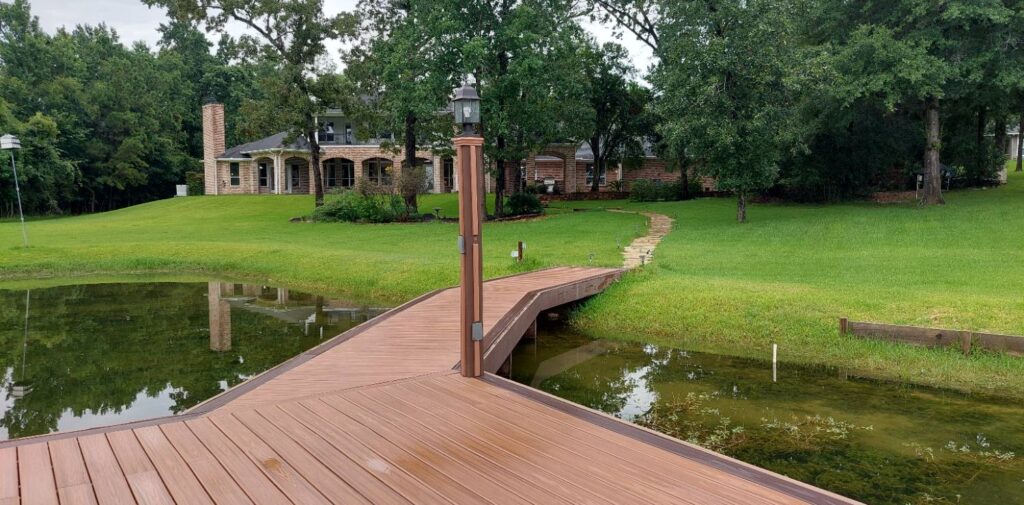With the smell of meat grilling, the sound of ice clinking, and sight of games in the water, families enjoy the last days of summer. Enjoy your time together, but be safe. Swimming near a boat dock or a pier can be dangerous. Electrically charged docks kill people every year due to lack of maintenance. Lives can be saved by being proactive around water – whether the pool or lake.
Electrical Shock Drowning (ESD)
Electrical shock happens when faulty electrical current leaks into the water. Even a low amperage (less than 10mA) can cause paralysis that incapacitates or results in drowning. Someone being electrocuted cannot talk or swim That’s why Electrical Shock Drowning is known as a “Silent Killer.” Even worse, because, people sometimes jump into the water and also drown trying to save them!
Interrupt the Fault with GFCI
Ground Fault Circuit Interrupters (GFCI’s) protect against electrocution inside and outside your home, but are often not enough protection to trip a circuit breaker at a dock due to the low current of electricity. This does NOT mean they aren’t necessary. GFCI’s are required, but often overlooked at docks. Stopping the lethal electrical charge in less than 1/40th of a second is critical. Receptacles, switches, all lighting, and equipment should be protected by GFCI.
Check All Lights
Lots of people love to fish, and lights in the water at night attract fish. However, installation of permanent or semi-permanent lights around water is dangerous. Fishing lights are often installed under the dock. Although the light may start out as waterproof, time in the water will eventually corrode even the best protection and allow electrical current into the water. Even strings of party lights can energize the water and electrocute someone. Make sure they are installed correctly and GFCI protected.
Stay Bonded
Without bonding, if one piece of equipment or metal becomes energized from a fault in the system, the electricity travels to any other object – including people. With bonding, the electricity travels to the grounding system. Grounding is when the equipment is electrically attached to the ground system. If there is a short in the system, it shuts off the GFCI circuit breaker almost immediately.
All metal components of a dock and all equipment MUST be bonded to a ground rod on shore. All electrical connections should be inspected annually. Otherwise, a single loose or corroded wire can energize the entire dock and surrounding water.
Other Safety Measures
Because the electrical current that may cause ESD is so low, a low amperage meter is required. The leakage meter must be accurate to less than 4mA to protect swimmers.
There should be no ladders on the dock that suggest or imply a dock with electricity is safe for swimming.
A disconnect or cut off switch must be provided on the shoreline within sight for emergency use.
All docks must have a Warning Sign against swimming if any electrical wires are present for any reason.
Follow the best practice of not swimming within 50 yards of any known electrical source.
Quick Response Matters
If you see someone struggling in the water and suspect an electrical condition, DON’T JUMP INTO THE WATER. Instead, cut off all electrical power sources nearby. Call 9-1-1 and throw a big life ring to them or push them away from the source with a nonconductive pole ( like fiberglass). Hopefully this will move them out of the electrical field.
At Inspections of Texas we inspect docks and piers for structural issues and all of these important safety issues. Be proactive and have your dock inspected and maintained annually. Savor these last days of summer, relax and have fun!
** Visit these websites for more information.

